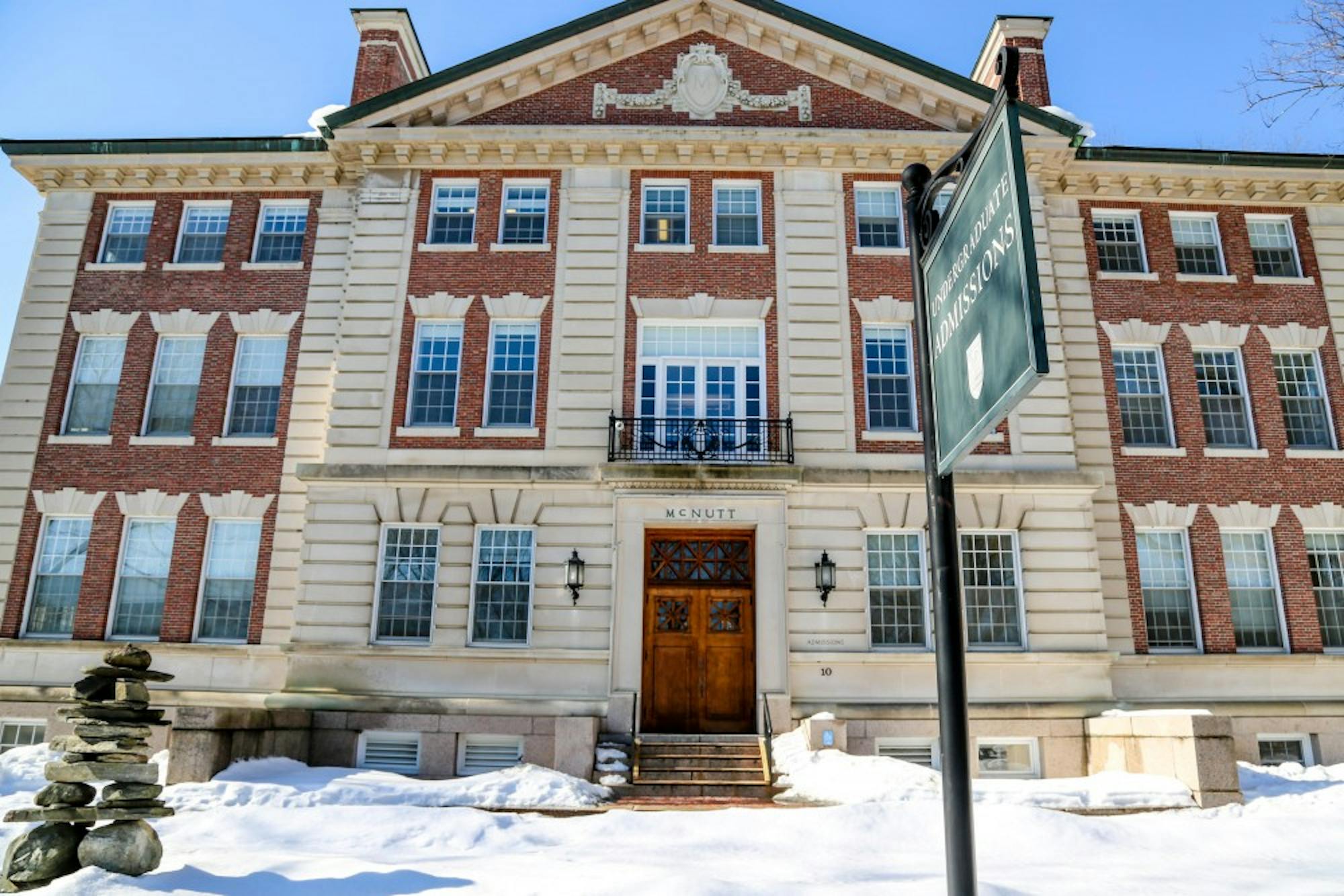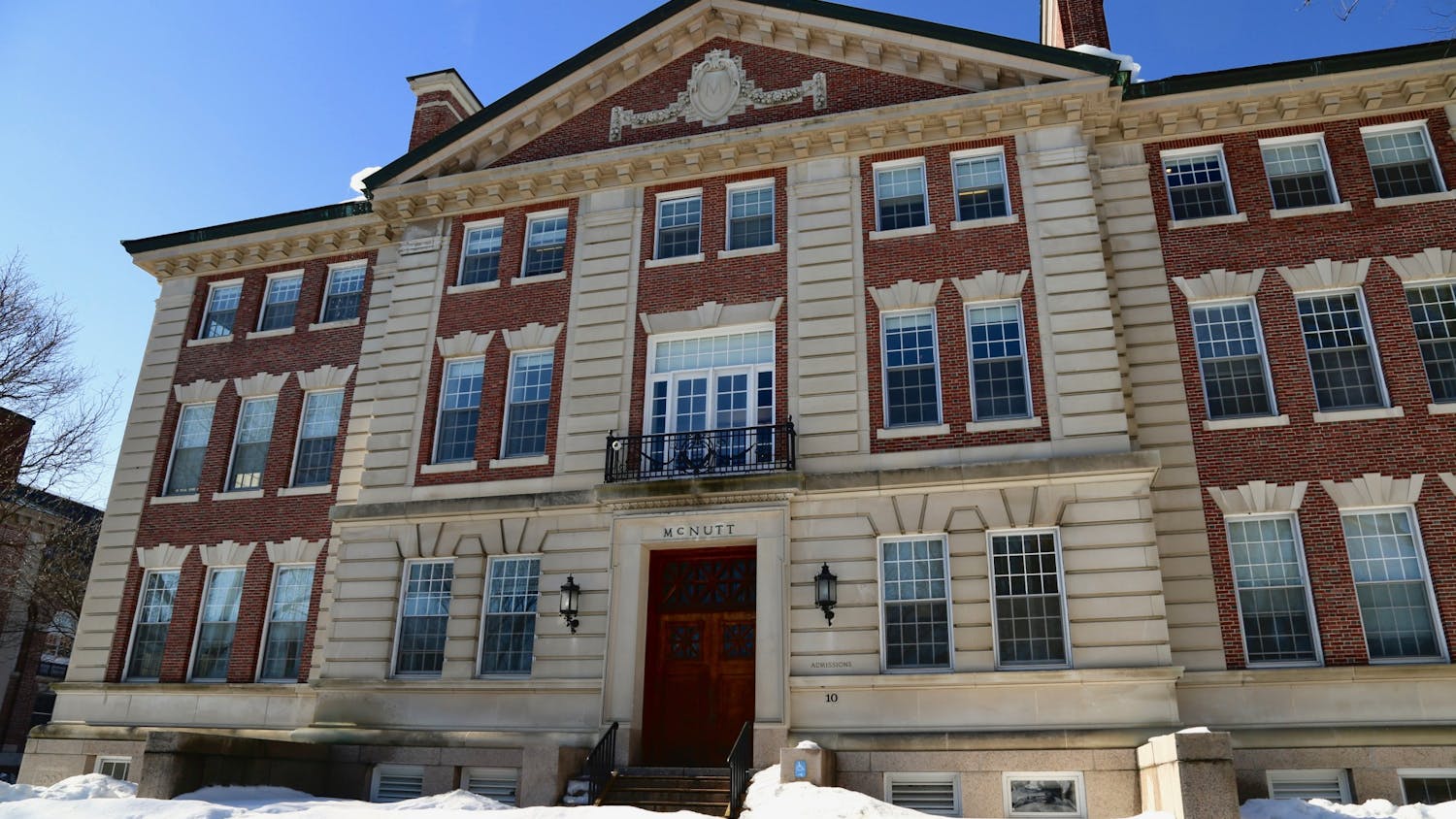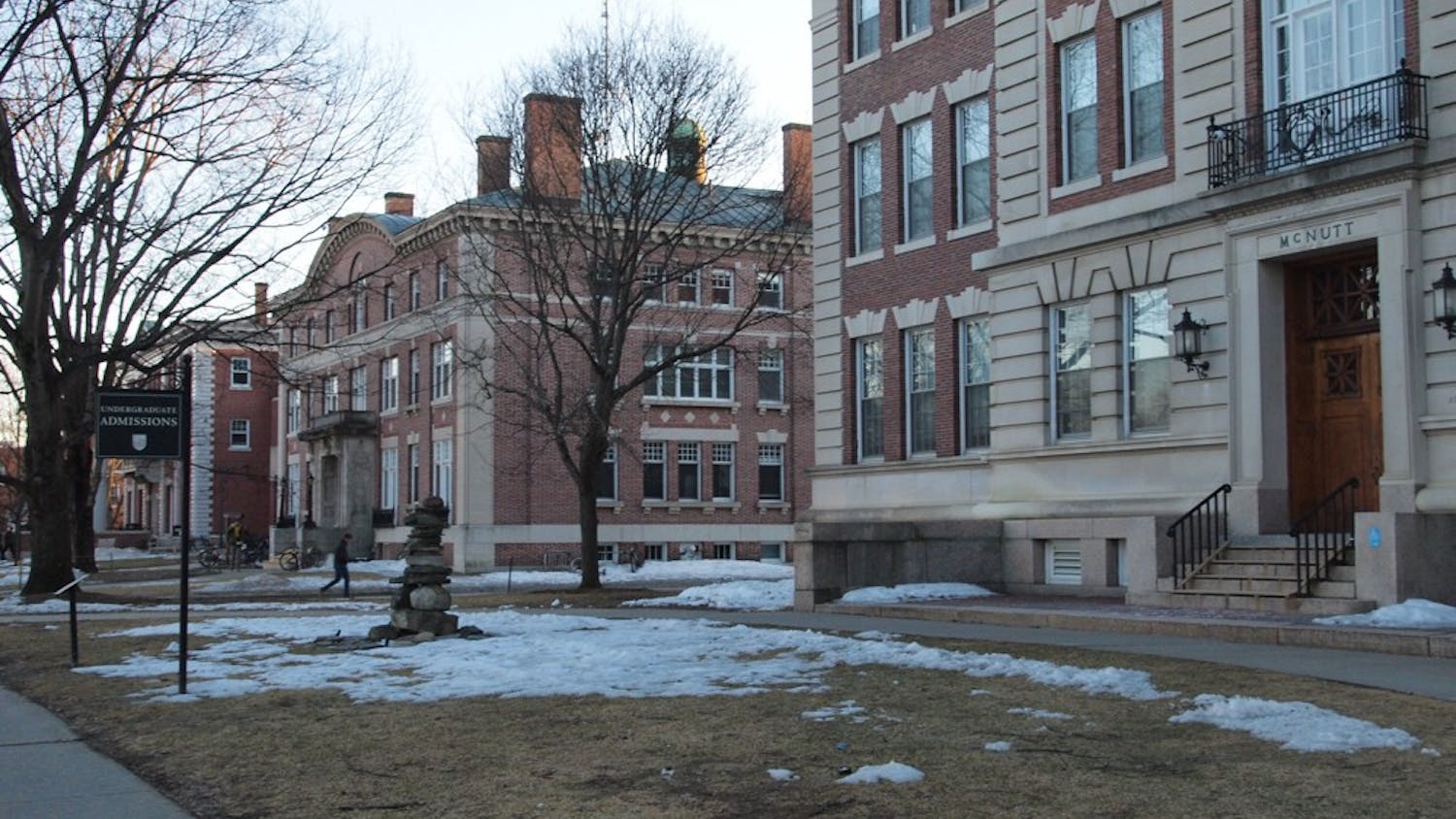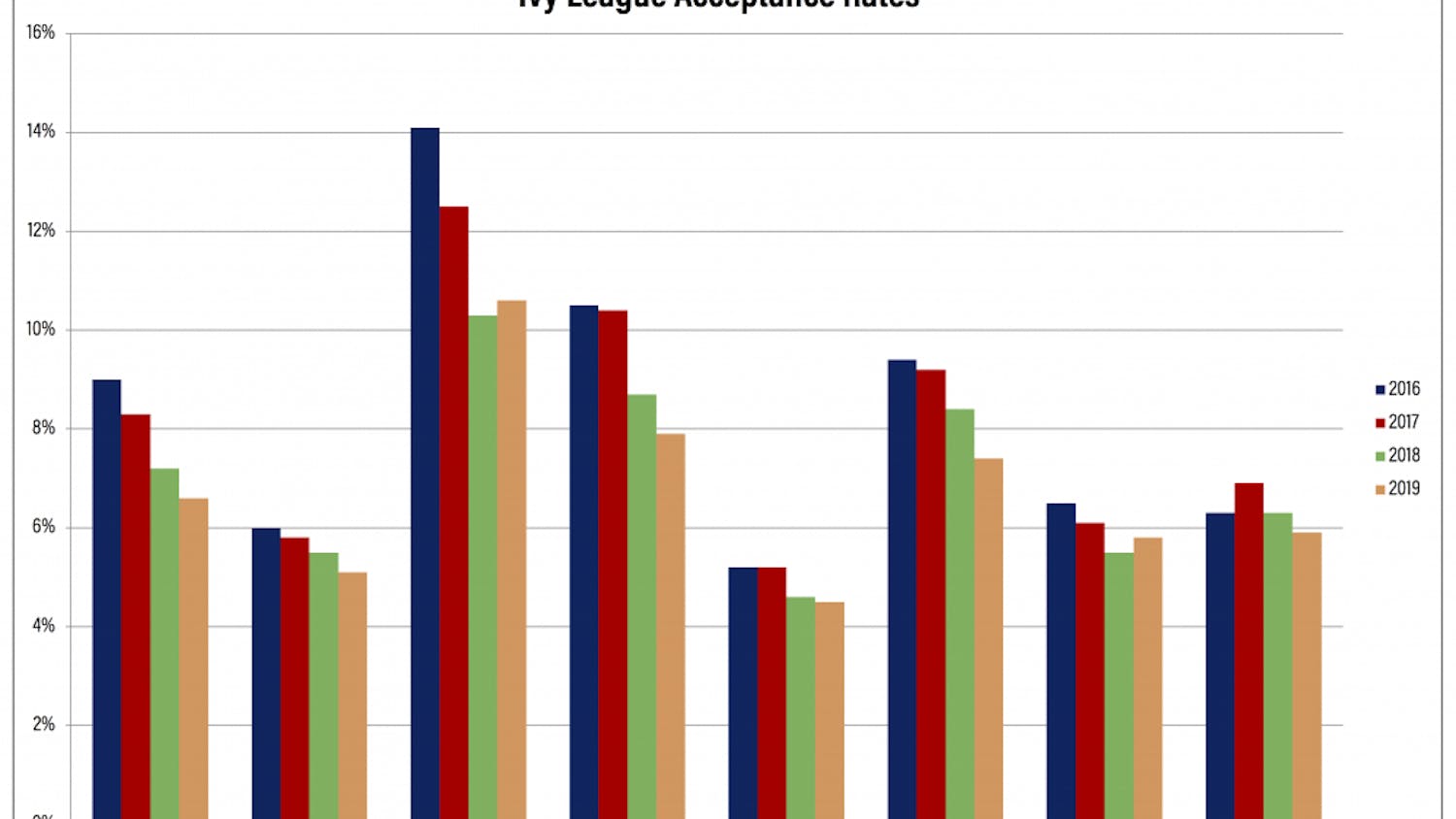Updated Dec. 19, 10:23 p.m.
Updated Dec. 17, 2020 at 2:37 p.m.
Dartmouth has accepted 566 new members to the Class of 2025, drawing from the College’s largest-ever pool of early decision applicants and making for an all-time low ED acceptance rate.
This year’s ED applicant pool saw 2,664 applicants — a 29% increase from last year’s number and an all-time high for the College, which extended admission offers to 21% of candidates on Wednesday. This percentage marks a decline from last year’s ED acceptance rate of 26%. A record-high percentage of accepted early decision students come from diverse racial, socioeconomic and international backgrounds, while recruited athletes comprise an unusually low portion of the cohort.
Vice provost for enrollment and dean of admissions and financial aid Lee Coffin said that in recent years, the pool of applicants and admits has continued to become more “dynamic” and “diverse.”
“In this round, we were really blessed with an [early decision] pool that had lots of different representations of the kind of class we're hoping to pull together,” Coffin said.
Of the 566 admits, 36% are Black, Indigenous or people of color, 16% are first-generation and 14% live outside of the U.S. — all early decision records. Coffin added that a record 26% come from low-income families, and 18% of the early decision admits are projected to be eligible for Pell Grants. Admitted students represent 44 U.S. states, Washington, D.C., Guam and 36 countries.
Coffin said that he believes this year’s virtual recruitment cycle may have made the admissions process more accessible to a broad range of students. According to Coffin, the admissions office was able to reach 64% more prospective students virtually this year than during last year’s in-person recruitment cycle.
Meanwhile, 15% of the incoming early decision cohort are children of Dartmouth alumni, and 18% are recruited athletes. In 2019, recruits made up 25% of admitted early decision students, and they comprised 24% in 2018. This decrease in athletic admissions follows the College’s decision this summer to cut five athletic teams in order to reduce recruitment by 10%.
The incoming class also includes 25 students accepted in late November through QuestBridge, a non-profit that pairs high-achieving students from low-income backgrounds with top colleges and universities. This number matches the College’s all-time high in 2018 since it first partnered with the program in 2011.
According to Coffin, the financial aid office projects that it will offer approximately $15 million in scholarships to accepted ED students, a total he noted as another record high. On Friday, Coffin wrote that the projected average scholarship for this year is $62,200, but the number is “fluid” as incomplete files continue to be processed.
Newly admitted students will join the group of 172 students admitted to the Class of 2024 who chose to defer enrollment for a year. Because students who deferred have until March to recommit to entering the Class of 2025, Coffin said the admissions office did not factor in the large number of deferrals when accepting students as part of its early decision process. However, Coffin added that the admissions office will take deferrals into account during the regular decision round, depending on how many students who deferred ultimately decide to enroll. The College expects to enroll 1,150 students in the Class of 2025 in September.





